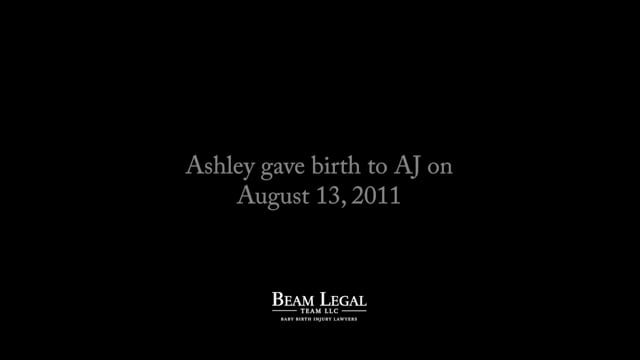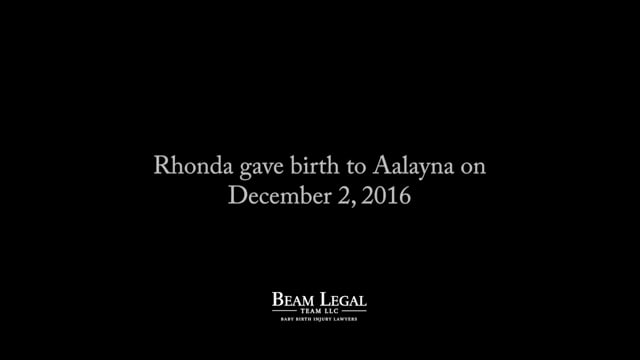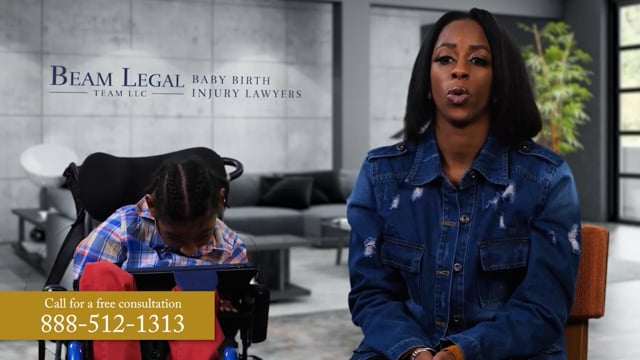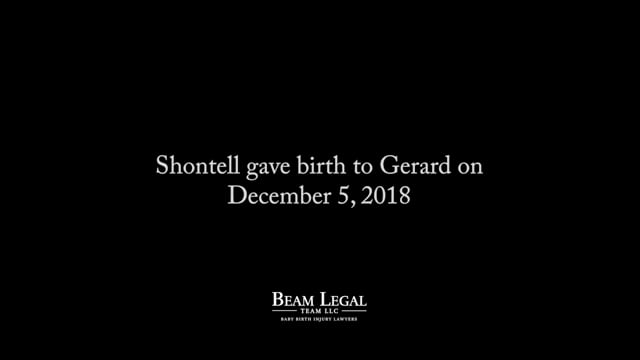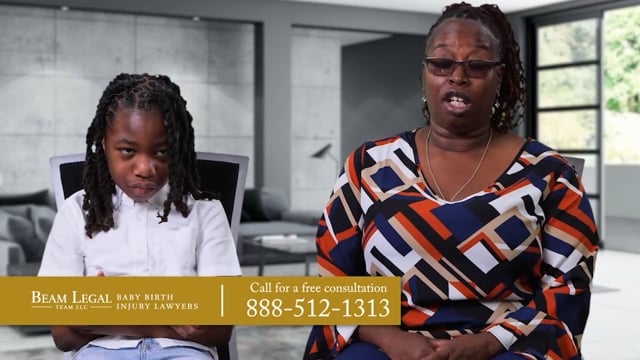Shoulder dystocia is a critical complication that can arise during childbirth, potentially leading to severe injuries for both the baby and the mother. This condition occurs when one or both of the baby’s shoulders get lodged behind the mother’s pelvic bone, making delivery difficult and requiring immediate action to reduce potential risks.
Unfortunately, when a doctor fails to provide the appropriate care, it can harm the baby’s nerves in the neck and shoulder area. A prolonged struggle or lack of oxygen might also result in additional birth injuries, such as brain damage or Erb’s palsy, which is a type of paralysis caused by injury to the arm’s major nerves.
At Beam Legal Team in Chicago, our birth injury lawyers are dedicated to confronting negligent healthcare providers head-on, holding them accountable for complications such as those from shoulder dystocia. We relentlessly pursue the compensation you need to secure your family’s financial stability moving forward.
Need assistance? Request a complimentary consultation online or call us at (866) 404-5221.
What Is Shoulder Dystocia?
Shoulder dystocia is a birth complication where the baby’s shoulders get stuck behind the mother’s pelvic bone, making it difficult for the baby to pass through the birth canal. This condition is relatively rare, occurring in approximately 0.2% to 3% of vaginal births. Without prompt and proper management, shoulder dystocia can lead to severe outcomes for both the baby and the mother.
Causes and risk factors include:
- A larger-than-average baby (babies weighing over 9.9 pounds are around 14% to 23% more likely to experience shoulder dystocia)
- Gestational diabetes in the mother
- Obesity in the mother or a mother over 35 years old
- Having a history of shoulder dystocia
Newborns with shoulder dystocia may face long-lasting health issues that could impact their growth and overall well-being, requiring extensive, ongoing medical care and support.
Common Injuries Caused by Shoulder Dystocia
Childbirth involving shoulder dystocia can result in various serious conditions for the newborn. Some common issues linked to this complication include:
- Erb’s Palsy and Brachial Plexus Injuries: These injuries occur when the nerves that control the arms and hands, known as the brachial plexus, are damaged during shoulder dystocia. This damage can cause Erb’s palsy, leading to weakness or paralysis in the arm. As a result, the child might struggle with daily activities, affecting their independence and quality of life.
- Nerve Damage and Long-term Complications: Shoulder dystocia can result in critical nerve damage that might leave a child dealing with ongoing pain, movement difficulties, and muscle weakness. This condition may require lifelong medical attention and physical therapy, posing emotional and financial strain on families.
- Other Birth Injuries Associated With Shoulder Dystocia: Besides nerve damage, shoulder dystocia can also lead to other birth injuries like fractures in the collarbone or upper arm, caused by too much force during delivery. Lack of oxygen is another risk, which can cause brain damage or cerebral palsy if not treated quickly.
Preventing Shoulder Dystocia Injuries
Healthcare providers have an obligation to identify and manage the risks associated with shoulder dystocia, ensuring the safety of both the mother and the baby. Failure to provide the standard of care may render a healthcare provider liable for negligence.
- Early Identification of Risk Factors: Healthcare providers should assess potential risk factors for shoulder dystocia during prenatal care, such as maternal obesity, gestational diabetes, and fetal macrosomia.
- Regular Monitoring and Assessment: Regular monitoring of fetal size and maternal health throughout pregnancy is essential for identifying signs of increased risk for shoulder dystocia.
- Proper Positioning Techniques: During labor, healthcare providers should encourage optimal maternal positioning, such as the McRoberts maneuver, to reduce the likelihood of shoulder dystocia.
- Continuous Fetal Monitoring: Continuous fetal monitoring during labor allows for early detection of fetal distress, prompting timely intervention to prevent complications associated with shoulder dystocia.
Legal Rights and Compensation for Shoulder Dystocia
Families struggling with the effects of shoulder dystocia have every right to pursue compensation for the hardships they’ve faced. This compensation can help cover medical bills, ongoing care requirements, and any future needs resulting from the injury. It can also cover the family’s potential loss of earnings and the physical and emotional pain suffered by the child and their parents.
At Beam Legal Team, we’re committed to identifying medical negligence and holding the at-fault party responsible. Your lawyer can gather essential evidence such as medical records, testimonies from experts, and statements from witnesses to show that your doctor’s care fell below expected standards.
Whether it’s through a medical malpractice insurance claim or taking legal action, we can advocate for your rights to secure the necessary financial support for your family. Our experienced lawyers will guide you through the legal process to make sure your child’s future is protected.
Choose the Right Shoulder Dystocia Lawyer
For a birth injury case like shoulder dystocia, finding a lawyer with the right experience is critical. You want a team familiar with cases like yours with a track record of securing the compensation families deserve.
At Beam Legal Team, we’re familiar with the challenges and emotional turmoil that come with handling a birth injury lawsuit. For more than 30 years, we’ve supported families through difficult times, winning over a billion in compensation. Our track record includes a groundbreaking settlement of $144,585,020, one of the largest in U.S. history.
Take action now. Our dedicated legal team is ready to stand with you, offering the guidance and support you need during this challenging process. Contact us for a free consultation to discuss your child’s case and pursue the justice and compensation your family deserves.



